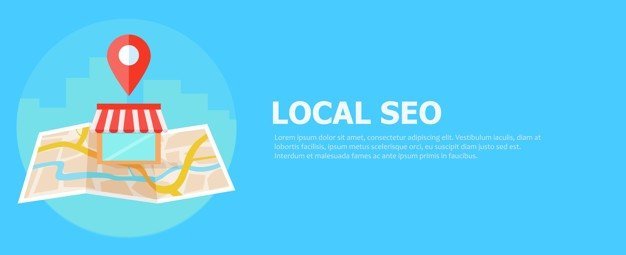6 Advanced SEO Techniques for 2020
by Abdul Aziz Mondal How to Guides 15 October 2020

As a business owner with an e-Commerce website, increasing organic search traffic via search engine optimization (SEO) is a must. Keyword research, URL optimization, and other SEO tools can be used to bump up your eCommerce site’s organic search spot on search engines. Using keywords on your e-Commerce site and removing thin content are common e-Commerce SEO techniques, but SEO strategies have been evolving and advancing. Here are some must-have SEO techniques for your business to use in 2020.
6 Advanced SEO Techniques for 2020:
1. Use original images.
It’s always better to use original photos for e-Commerce SEO. Recent studies on search engine algorithms have shown that unique content is more likely to be placed higher on the first page of search results. If your e-Commerce website has duplicate content and thin content, this will hurt your page SEO and organic traffic because your site will likely be dropped to the bottom of the page for search engine results.
Having great content that is relevant and original on your e-Commerce site is an excellent SEO strategy. This is considered a crucial first step for your e-Commerce site’s page SEO. Whether the photos are for your product list or thumbnails for blog posts, moving away from duplicate content will ensure that your e-commerce site, and therefore your brand name, will stand out from your competitors within the sea of search results.
2. Prioritize your mobile-first ranking.
When making a Google search, or using any search engine, potential customers are most likely to do so on a mobile device. To ensure user experience for its search engine is optimized for mobile devices, Google now focuses on its mobile-first indexing system for search results. Best practices for this type of indexing are prioritizing your SEO efforts for your online store or e-Commerce site on the mobile site structure above the desktop site structure. Although many e-Commerce websites use different URLs for the mobile and desktop versions of their online stores, if you do this, the best SEO practice is to ensure the content, structured data, and keywords on your mobile site match the desktop site.
Because Google search indexing happens primarily on mobile versions of e-Commerce sites if the data, target keywords, and site architecture is out of date on your mobile-optimized web page you will likely fall to the bottom of the page in high search volume queries. Google offers a mobile-friendly test for e-Commerce business owners to help with the SEO of their e-Commerce site.
3. Increase on-page time.
When someone finds and clicks on your site from a search engine results page (SERP) analytics for your e-Commerce site tracks the average time users spent on your page. When your average time on page score goes up, logically it can be assumed that people are reading your content, looking at your product page, maybe a specific product name and product description, and are likely considering making a purchase. Adding more value and high-quality content to your e-Commerce website is the best way to get potential customers to spend more time on site, particularly your product page. When people spend more time on your page they are browsing your product page and product descriptions which will lead to more sales and a higher conversion rate.
Site speed and page speed both influence how long your target audience will spend on your e-Commerce site. If the page load speed for your homepage is slow this negatively affects the user experience and it’s highly likely that the searcher will leave your site quickly. Another factor that has an influence on online shoppers, conversion rates, and purchase decisions is the value of your content. This means you should have plenty of internal links, high-quality images, category pages, blog posts, and possibly even interactive content.
4. Use schema markup for SEO.
Schema markup is one of the newest and most successful SEO strategies. It is similar to the technical SEO strategy of using rich snippets. Schema markup is code and semantic keywords that you can add to your e-Commerce store to tell search engines what the data in your e-Commerce SEO means. This not only helps the search ranking for your e-Commerce store, but it also increases site and information visibility to potential customers who are making queries. The schema uses existing HTML microdata and a latent semantic index to add more value to the metadata of your site.
5. Consider the importance of local SEO.
Recently, the organic traffic of potential customers from a search engine results page is largely due to local SEO. Your organic ranking and credibility as an e-Commerce business owner will benefit from this successful SEO strategy, especially if you have a physical store. Having a local citation appear in an organic search for your business increases the likelihood that browsers will call or visit your business. Additionally, providing more information in the search results for your e-Commerce store will impact purchasing decisions and likely lead to higher conversion rates for local shoppers.
6. Maintain a smart internal linking process.
Using internal linking techniques and link building is a great way to influence search traffic, user experience, and credibility for your eCommerce store. Using brand keywords for the internal links you use to redirect online business to other subcategories on your web page leads to SEO success. Link building for your domain means using internal links with relevant keywords as the anchor text that will lead your customers to similar products and relevant pages to their interests. This increases the on-page time and conversion rates for your domain.
Read Also:








































































































